The Graphene Flagship and ICFO, with support from the GSMA, present the Graphene Experience Zone at the 2017 Mobile World Congress (MWC). MWC is the world’s largest gathering for the mobile industry, (with over 100,000 attendees), and will be held from 27 February to 2 March 2017 in Barcelona. The Graphene Experience Zone will showcase the latest achievements and innovations from the graphene community in an interactive and accessible way. AMO andRWTH Aachen University will present an on-stage demonstration of a graphene based Wifi receiver within their Graphene flagship cooperation.
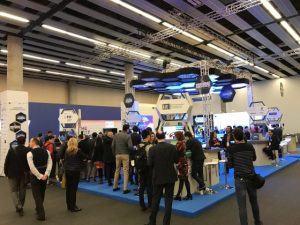 Following the success of the Graphene Pavilion at Mobile World Congress 2016 and Mobile World Congress Shanghai 2016, graphene is back at MWC 2017 with an immersive Experience Zone exploring graphene mobile innovation. The Graphene Experience Zone contains industry and academic co-exhibitors who will highlight current graphene innovation in mobile applications ranging from smart composites to wearable sensors, all using demonstrators and operational prototypes to bring graphene to life.
Following the success of the Graphene Pavilion at Mobile World Congress 2016 and Mobile World Congress Shanghai 2016, graphene is back at MWC 2017 with an immersive Experience Zone exploring graphene mobile innovation. The Graphene Experience Zone contains industry and academic co-exhibitors who will highlight current graphene innovation in mobile applications ranging from smart composites to wearable sensors, all using demonstrators and operational prototypes to bring graphene to life.
ICREA Professor Frank Koppens from ICFO – The Institute of Photonic Sciences in Barcelona, who is Scientific Chair of the Graphene Experience Zone, comments “The Graphene Pavilion at MWC 2016 generated tremendous excitement and it has become a prominent element of the event in a relatively short time. The Graphene Experience Zone at Mobile World Congress 2017 will be the place to showcase future graphene technologies at work, presenting even more demonstrators and a spectacular design of the interactive zone.”
This year the Graphene Experience Zone will feature five different innovation areas: IoT and Sensors; Wearables and Health; Energy; Datacoms; and Composites. Each area will contain specialised demonstrators and prototypes developed by leading industry and academic partners. At the heart of the Graphene Experience Zone will be the graphene concept car, developed by the University of Manchester in collaboration with Haydale, UK, and British carmaker BAC (Briggs Automotive Company). The car, which combines many of these different technological areas, will be showcased in a truly captivating setting.
“We are very excited to see the Graphene Flagship back at Mobile World Congress with an even more ambitious exhibit,” said John Hoffman, CEO, GSMA Ltd. “Mobile World Congress offers attendees the opportunity to experience the latest in cutting-edge technology, products and services, and the Graphene Experience Zone will be among the ‘can’t miss’ destinations at this year’s show.”
Professor Andrea Ferrari, Science and Technology Officer of the Graphene Flagship and Chair of its Management Panel, stated “Mobile World Congress 2016 marked the first time new technologies based on graphene and related materials were showcased to one of the biggest electronics events in the world. In 2017 we will highlight significant progress towards the realisation of prototypes, with some products already on the market. The increasing number of industrial partners and associated members joining the Flagship is proof that we are following the right path to bring graphene and related materials from the lab to the factory floor.”
To capitalise on this gathering of the global mobile community, on 2 March, the Graphene Flagship is also organising a graphene-focused workshop. This workshop, entitled ‘Graphene Connect: From Datacom to IoT, Enabled by Graphene’, will bring together academic and industry representatives interested in all things mobile with a unique networking opportunity as well as a series of talks by leaders in the field of graphene in mobile devices.
Speaking of Graphene Connect is Dr Kari Hjelt, Head of Innovation for the Graphene Flagship: “Mobile World Congress attendees should take advantage of the opportunity to participate in Graphene Connect because the future of mobile technology is happening now. And the future is affected by graphene in many areas; graphene will be part of building new kinds of faster electronics and faster datacoms, but also in other areas like new types of sensors and flexible electronics, which are not possible with existing technologies.”
New to Mobile World Congress is the Youth Mobile Festival (YoMo) which will see up to 20,000 young people (aged 10-16 years) from across Catalonia and Spain experience science and technology in an educational and hands-on way. YoMo will include a mix of workshops, theatre and shows with the goal of having younger generations learn more about science and technology based careers in a fun and engaging way. One of these workshops will encourage its participants to create their own ‘Graphopolis’ where they will explore how graphene could change their city in an interactive way. This event is run as part of the Graphene Flagship and developed by ICFO – The Institute of Photonic Sciences, Istituto Italiano di Tecnologia (IIT), Novalia and University of Cambridge with the support of the European Commission and the GSMA.
With graphene helping to develop the mobile industry of the future, you cannot afford to miss the Graphene Experience Zone at Mobile World Congress 2017.
Extra Information:
Graphene and the Mobile Industry
Graphene is one of the most interesting and versatile materials known to date. The world’s first two dimensional material, this single layer of carbon atoms arranged in a hexagonal lattice has a set of unique and outstanding properties. As well as being the thinnest, strongest and lightest material, graphene is flexible, impermeable to molecules and extremely electrically and thermally conductive. As the world strives to maintain its pace of innovation, graphene has much to offer. Graphene is helping to facilitate the next generation of technology: from interconnects for data communication to screens and casings. For example, the strong and flexible nature of graphene makes flexible displays and bendable batteries possible. Its excellent sensing ability can be used in the next generation of wearable electronics and to develop building blocks for the internet of things. Graphene’s unique combination of properties coupled with its ease of incorporation into composite materials mean that it can enhance the composite world. Graphene is also paving the way for novel diagnosis and treatments such as in the realm of drug delivery and biosensors. Graphene-based technologies are proving integral to the new generation of communications, such as 5G, enabling high performance optical communication systems through ultra-fast and compact optoelectronic devices.
The Graphene Experience Zone: Partners and Exhibitors
The Graphene Experience Zone, jointly organised and run by the Graphene Flagship and ICFO with support from the GSMA will include an exciting array of academic and industrial partners. Confirmed participants (in alphabetical order) currently include: AMO, Catalan Institute of Nanoscience and Nanotechnology (ICN2), Centro Nacional de Microelectrónica, Emberion, Ericsson, FGV Cambridge Nanosystems, FlexEnable, G-Next, Graphenea, Haydale, IMEC, Institut de la Vision, Istituto Italiano di Tecnologia (IIT), National Research Council (CNR), Nokia, Novalia, RWTH Aachen University, ST Microelectronics, The Centre of New Industries and Technologies (CNIT), The Institute of Photonic Sciences (ICFO), University of Cambridge (UCAM) and University of Manchester – National Graphene Institute (UoM NGI) with more names to be confirmed soon.
Graphene_Flagship_MWC_2017_Press_Release
Visit the Graphene Experience Zone at MWC: https://www.youtube.com/watch?v=mYziXf8Kvbg
Live impressions:
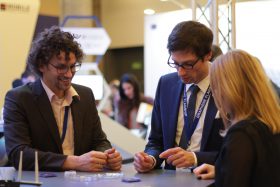
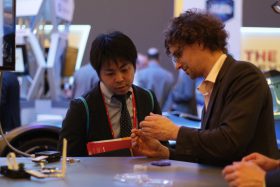
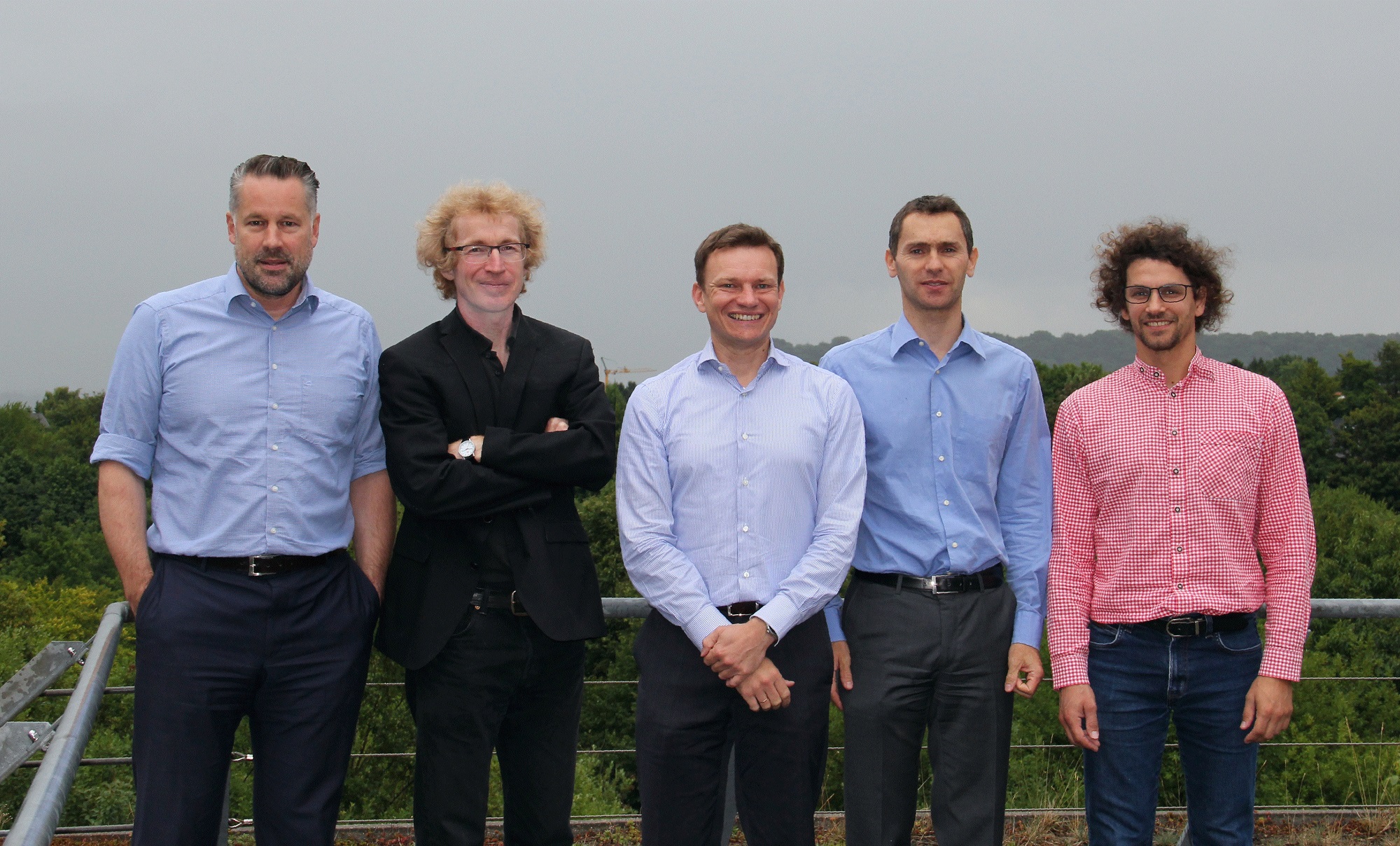
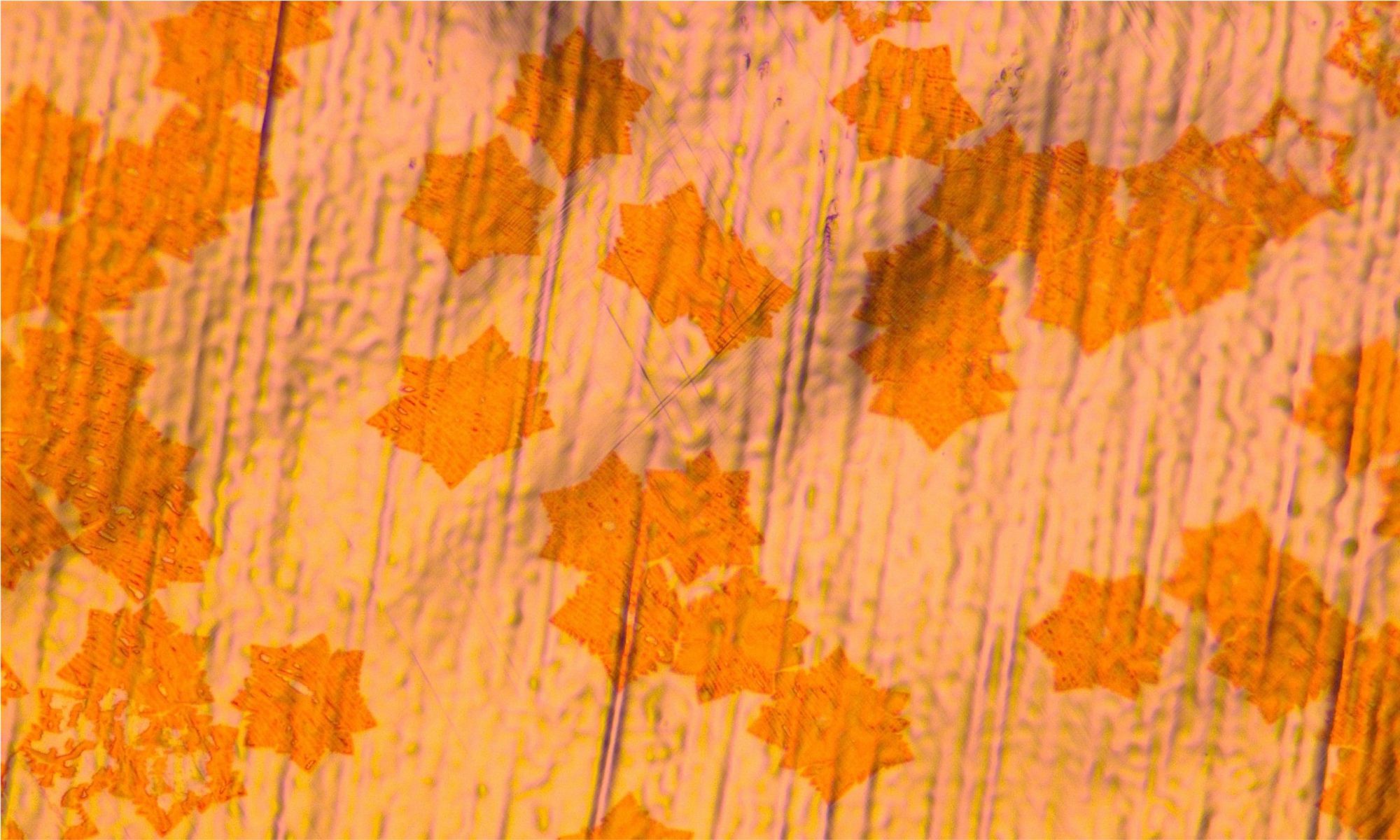
 Following the success of the Graphene Pavilion at Mobile World Congress 2016 and Mobile World Congress Shanghai 2016, graphene is back at MWC 2017 with an immersive Experience Zone exploring graphene mobile innovation. The Graphene Experience Zone contains industry and academic co-exhibitors who will highlight current graphene innovation in mobile applications ranging from smart composites to wearable sensors, all using demonstrators and operational prototypes to bring graphene to life.
Following the success of the Graphene Pavilion at Mobile World Congress 2016 and Mobile World Congress Shanghai 2016, graphene is back at MWC 2017 with an immersive Experience Zone exploring graphene mobile innovation. The Graphene Experience Zone contains industry and academic co-exhibitors who will highlight current graphene innovation in mobile applications ranging from smart composites to wearable sensors, all using demonstrators and operational prototypes to bring graphene to life.
